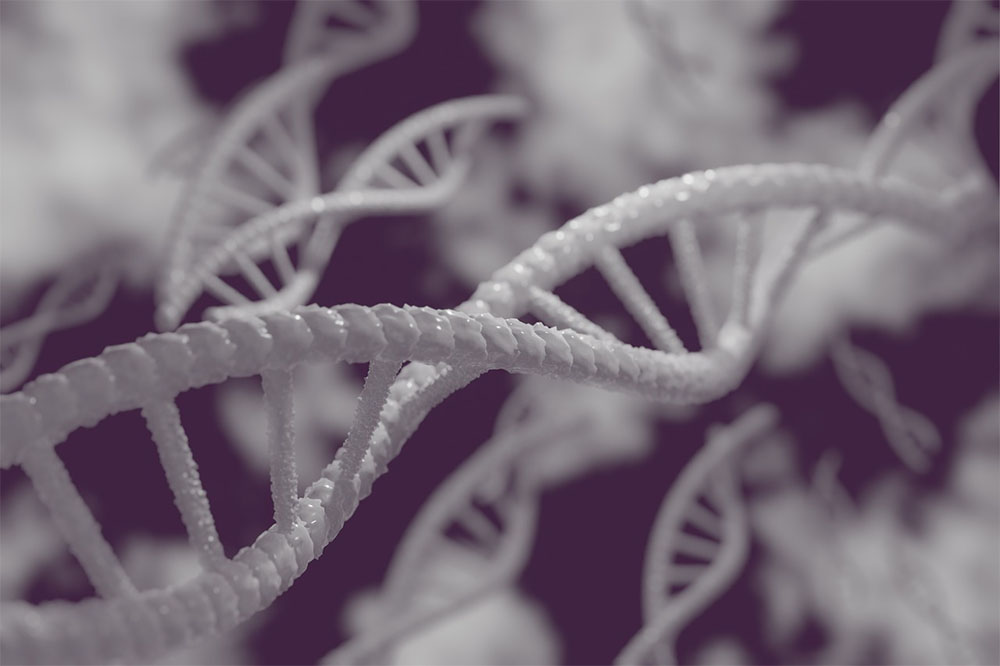Current Realities of Gene Editing:
Gene editing technologies, specifically CRISPR-Cas9, are intensively progressing in clinical trials, covering all biological sciences from biotechnology to medicine. The clinical uses are limited to ex vivo gene editing and then putting back inpatient. Gene editing is also implacable to those diseases which require cell modification in vivo.
Genome editing is on its way to becoming a household phrase. Most academic labs are getting the desired results by CRISPR in a concise and easy format. However, you can order the component and get initiated in 24-48 hours. Currently, the researcher is trying to understand how cells act in abnormal, treated, or diseased conditions. They use CRISPR to tag organelles in stem cells with fluorescent proteins. According to the statement of plant researchers, CRISPR is the most common practice in their crop fields. CRISPR gene editing is working on getting Cas9 (a large size protein) incorporated into the practice of gene therapy.
Chief scientist officers and Minnesota-based companies are using CRISPR and TALENs to target animal models’ cell lines, targeting almost any site in a genome. The public opinion on using gene editing to eradicate diseases is positive. It is important to note that they are currently not accepting the concept of “designer babies.” As 2019 came to a close, more than 100 research essays describing the experiments relating to genome editing had been published.

The Future of Gene Editing
Scientists are using genome editing technology while researchers remain hopeful that it would be applied for the good of humankind and the planet. The genome-editing wish consists of better steps for multiplexing that is editing more than one gene at a time, so it will work for many patients but requires altering the multiple genes.
The practice of using CRISPR to correct inherited blindness is on trial. Also, CRISPR may be able to wipe out menacing hereditary diseases from family lines. Overall, the ideal outcome is the birth of healthy and disease-free children without any long-term health-related issues. Scientists are discovering the challenges with the delivery of components into the cell. Limiting activity in this manner could decrease the off-target effects of proteins in the future and allow them to develop alternatives to Cas9, if necessary. Technology is allowing progress in genome editing to be made every day. From new tools to technological advances, scientists are making great strides in this movement.

Is The World Ready?
Achieving global consensus is the goal. The public survey often supports the research about gene editing. However, the task remains that we must ensure the safety and ability to treat genetically transferred diseases.
References
Gaj, Thomas, et al. “Genome-Editing Technologies: Principles and Applications.” Cold Spring Harbor Perspectives in Biology, Cold Spring Harbor Laboratory Press, 1 Dec. 2016, www.ncbi.nlm.nih.gov/pmc/articles/PMC5131771/.
“Gene Editing.” Encyclopedia Britannica, Encyclopedia Britannica, Inc., www.britannica.com/science/gene-editing. Ledford, Heidi. “CRISPR Babies: When Will the World Be Ready?” Nature News, Nature Publishing Group, 19 June 2019, www.nature.com/articles/d41586-019-01906-z.
Tachibana, Chris. Sep. 27, 2019. “Beyond CRISPR: What’s Current and Upcoming in Genome Editing.” Science, 26 Sept. 2019, www.sciencemag.org/features/2019/09/beyond-crispr-what-s-current-and-upcoming-genom e-editing.
